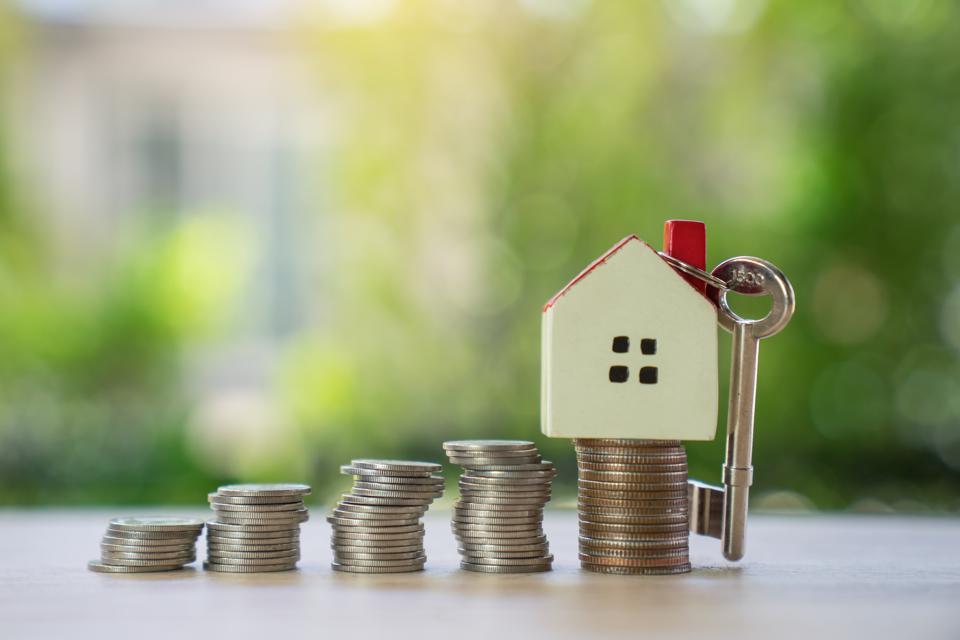The global economy was greatly impacted by the COVID-19 pandemic, affecting nearly every industry. Real estate, in particular, encountered a distinctive array of challenges and opportunities during this time. As we talk about the aftermath of the pandemic, Analyzing the Post Pandemic Real Estate Market Resilience and Recovery seems crucial.
Commercial refinance Columbus, OH
Table of Contents
Resilience Amidst Uncertainty
A whole range of obstacles, including natural disasters, economic downturns, and housing bubbles have always been a part and parcel of the real estate market. However, the pandemic led to never-seen-before challenges, i.e. lockdowns, work-from-home trends, and a strong rise in demand for suburban homes. And it’s amazing how the real estate industry showed incredible resilience amidst these difficult circumstances.
What proved to be a major contributing factor to this strength was the ability of the industry professionals, including the Cincinnati real estate agents and developers to adapt to the different changes. They ensured that the transactions kept going with the help of new-age digital tools and virtual tours. This in turn, worked wonders in bridging the gap during lockdowns and promoted innovation within the industry. At the same time, how the banks embraced low interest rates throughout the world increased the demand for housing among both buyers and investors.
Owner occupied commercial real estate Myrtle Beach, SC
Changing Demands and Trends
The pandemic accelerated several trends that have reshaped the real estate landscape. The rise of remote work prompted many individuals and families to reassess their living arrangements. Subsequently, suburban and rural areas experienced increased demand, with urban centers temporarily losing some appeal.
Furthermore, the desire for more space, both indoors and outdoors, became a priority for homebuyers. Properties with home offices, larger yards, and access to outdoor amenities saw increased interest. The shift towards sustainability and energy efficiency also influenced property choices, with “green” features becoming more sought after.
Investors’ interest shifted as well, with a growing focus on properties offering stable income streams, such as multi-family units and industrial spaces used for e-commerce fulfillment centers. These shifts underscore the real estate market’s adaptability and its capacity to respond to evolving consumer preferences.
Government Stimulus and Support
One of the most impactful roles in fighting the economic effect of the pandemic on real estate was played by the involvement of the government. Some of the major measures that helped people stay in their homes include eviction moratoriums and foreclosure protections. Speaking of providing relief to small businesses and families, stimulus packages also supported the real estate sector indirectly.
Incentives offered by the government to execute renewable energy installations and upgrades further helped in keeping the industry in sync with sustainability goals. These steps not only strengthened the market resilience but also encouraged environmentally-conscious property development.
Challenges Ahead
Despite showing remarkable resilience, the post-pandemic real estate market still faces numerous challenges, ranging from rising construction costs to supply chain disruptions and labor shortages. These challenges have not only delayed or hampered new construction projects but have also led to low housing inventory, which in turn, caused price appreciation in several regions.
Additionally, as governments develop support measures concerning the pandemic, there may be a reckoning for people who have been shielded from economic hardships. The chances of increased foreclosures and higher eviction rates could disrupt the overall stability of the market.
A careful study of the post-pandemic real estate market concludes that it’s a sector reflecting great resilience, further gaining from government policies, embracing new technological advancements, and acknowledging the ever-changing preferences of consumers. The recovery and overall growth of the real estate market is defined by its capacity to change according to the different circumstances as well as the demands of buyers and investors. In this evolving space, the dynamic market remains one of the key components of the world economy.





